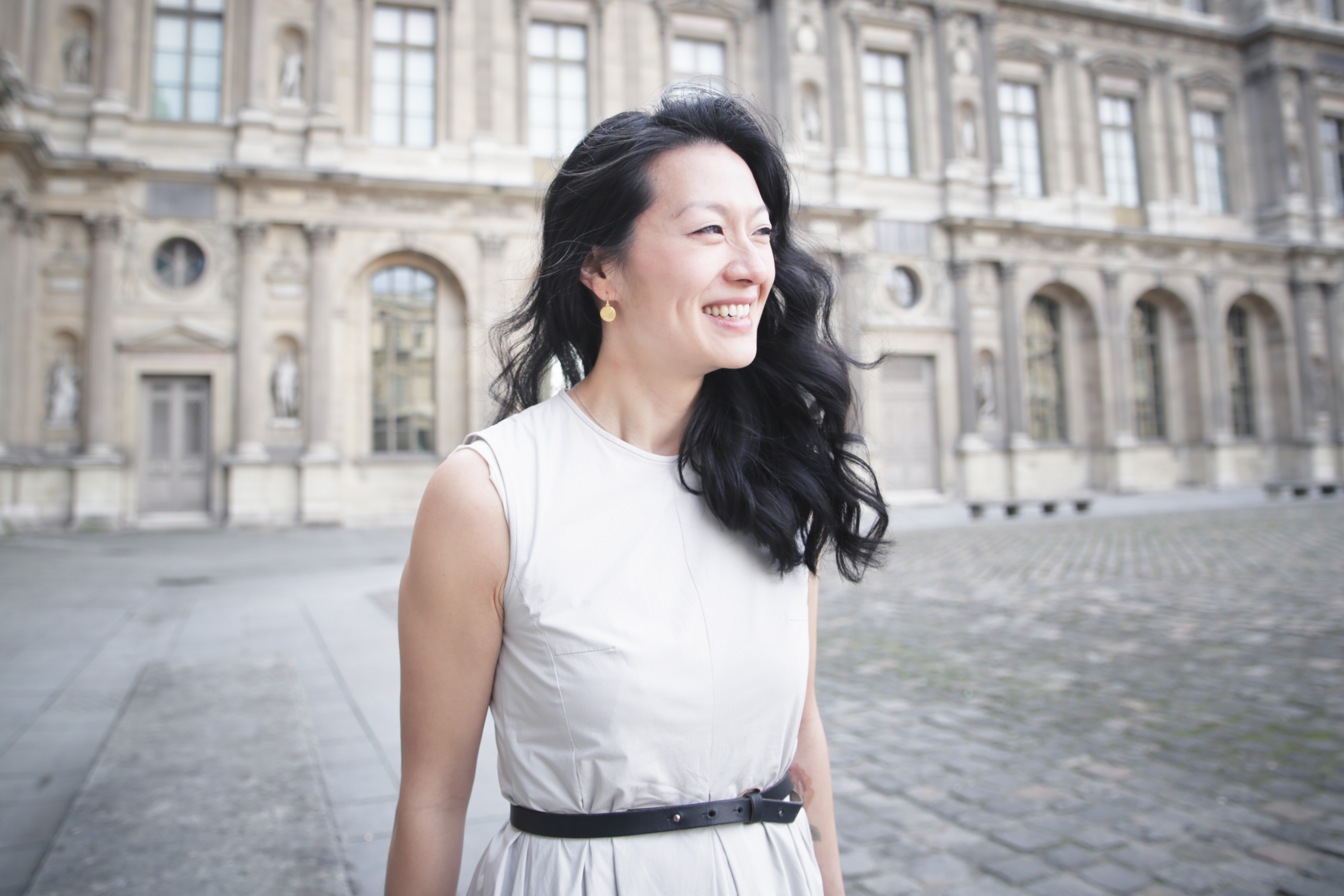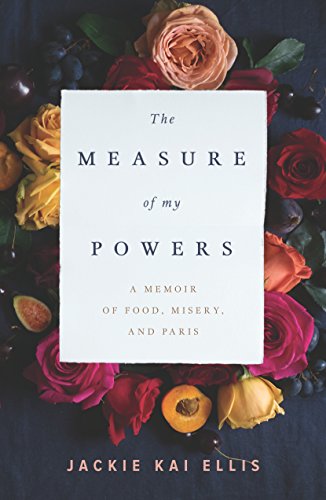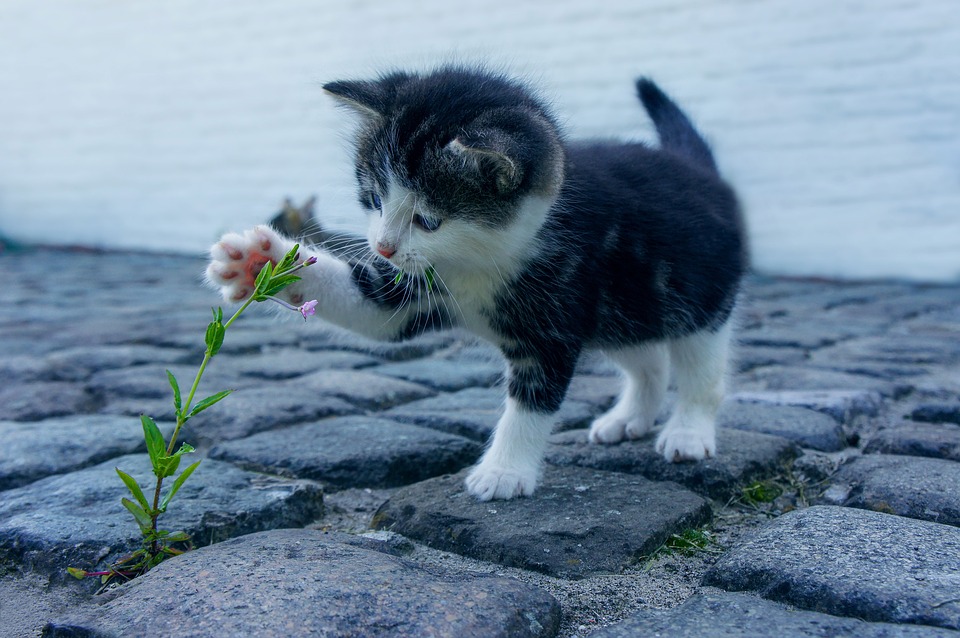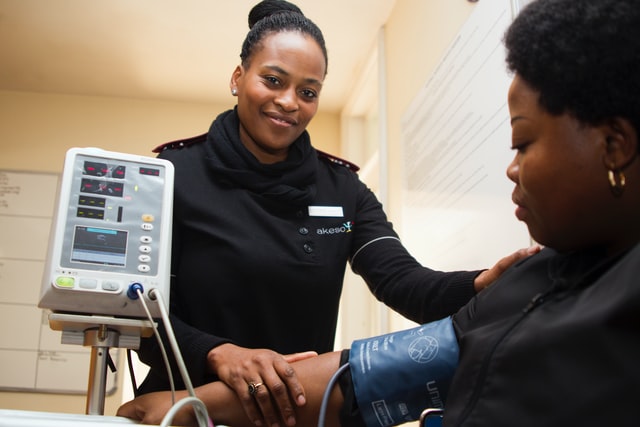
Here’s a great article, written by Nicholas Bakalar, about a study that was published on the relationship between the weight gain of women who live with a mate in comparison to women who do not. Rather than excerpt material from the article, I would like to share it with you in its entirety. I hope this information is useful for you or someone you know.
Study Says Women With Mate Get Heavier
by Nicholas Bakalar
It is widely known that women tend to gain weight after giving birth, but now a large study has found evidence that even among childless women, those who live with a mate put on more pounds than those who live without one.
The differences, the scientists found, were stark.
After adjusting for other variables, the 10-year weight gain for an average 140-pound woman was 20 pounds if she had a baby and a partner, 15 if she had a partner but no baby, and only 11 pounds if she was childless with no partner. The number of women with a baby but no partner was too small to draw statistically significant conclusions.
There is no reason to believe that having a partner causes metabolic changes, so the weight gain among childless women with partners was almost surely caused by altered behavior. Moreover, there was a steady weight gain among all women over the 10 years of the study.
This does not explain the still larger weight gain in women who became pregnant. The lead author, Annette J. Dobson, a professor of bio-statistics at the University of Queensland in Australia, suggested that physiological changes might be at work.
“Women’s bodies may adjust to the increased weight associated with having a baby,” Dr. Dobson said. “There may be a metabolic adjustment that goes on when women are pregnant that is hard to reverse. This would be more consistent with our findings than any other explanation.”
The study covered more than 6,000 Australian women over a 10-year period ending in 2006.
At the start, the women ranged in age from 18 to 23. Each woman periodically completed a survey with more than 300 questions about weight and height, age, level of education, physical activity, smoking status, alcohol consumption, medications used, and a wide range of other health and health care issues.
 By the end of the study, published in the January issue of The American Journal of Preventive Medicine, more than half the women had college degrees, about three-quarters had partners and half had had at least one baby. Almost all of the weight gain happened with the first baby; subsequent births had little effect.
By the end of the study, published in the January issue of The American Journal of Preventive Medicine, more than half the women had college degrees, about three-quarters had partners and half had had at least one baby. Almost all of the weight gain happened with the first baby; subsequent births had little effect.
Also by the end of the study period, there were fewer smokers and risky drinkers than at the beginning, more women who exercised less, and a larger proportion without paid employment.
But even after adjusting for all of these factors and more, the differences in weight gain among women with and without babies, and among women with and without partners, remained.
Despite the study’s limitations — weight was self-reported, for example, and the sample size diminished over time because people dropped out — other experts found the results valuable.
“It’s interesting and brings out some important points,” said Maureen A. Murtaugh, an associate professor of epidemiology at the University of Utah who has published widely on weight gain in women. Perhaps, she suggested, a more active social life may help explain why women with partners gain more weight.
“Think of going to a restaurant,” Dr. Murtaugh said. “They serve a 6-foot man the same amount as they serve me, even though I’m 5 feet 5 inches and 60 pounds lighter.”
The study included only women, but the researchers cited one earlier study that showed an increase in obesity among men who had children, adding further evidence that social and behavioral factors are part of the explanation.
Dr. Dobson said the finding of weight gain among all the women, with families or without, was troubling.
“This is a general health concern,” she said. “Getting married or moving in with a partner and having a baby are events that trigger even further weight gain.
“From a prevention point of view, one can look at these as particular times when women need to be especially careful.”
Article Originally Published by the Herald Tribune.
Join the conversation. If you enjoyed this article, be sure to follow NIWH on Facebook and Twitter for regular updates filled with useful accredited health program information for holistic nurses and health coaches.
Listen to Whole Health discussions on my weekly radio show Living Above The Drama available on iHeartRadio.

 My guest is a woman who has journeyed through the darkness of a painful childhood and empty marriage, to discover her true self, her beauty and her passion through the world of food– Food, apart from its actual function, can also be a metaphor for the nourishment we all need in life. A successful designer with her own studio, Jackie Kai Ellis, had accomplished what everyone told her she needed to be happy and fulfilled, yet each morning she would wake up dreading the day ahead. She had “the perfect life” – yet she was struggling to solve the problems within her marriage and looking to escape the ongoing depression which hung like a cloud over her days. Jackie’s love of cooking and baking led her to the only place where she found peace and comfort, in her kitchen.
My guest is a woman who has journeyed through the darkness of a painful childhood and empty marriage, to discover her true self, her beauty and her passion through the world of food– Food, apart from its actual function, can also be a metaphor for the nourishment we all need in life. A successful designer with her own studio, Jackie Kai Ellis, had accomplished what everyone told her she needed to be happy and fulfilled, yet each morning she would wake up dreading the day ahead. She had “the perfect life” – yet she was struggling to solve the problems within her marriage and looking to escape the ongoing depression which hung like a cloud over her days. Jackie’s love of cooking and baking led her to the only place where she found peace and comfort, in her kitchen.








